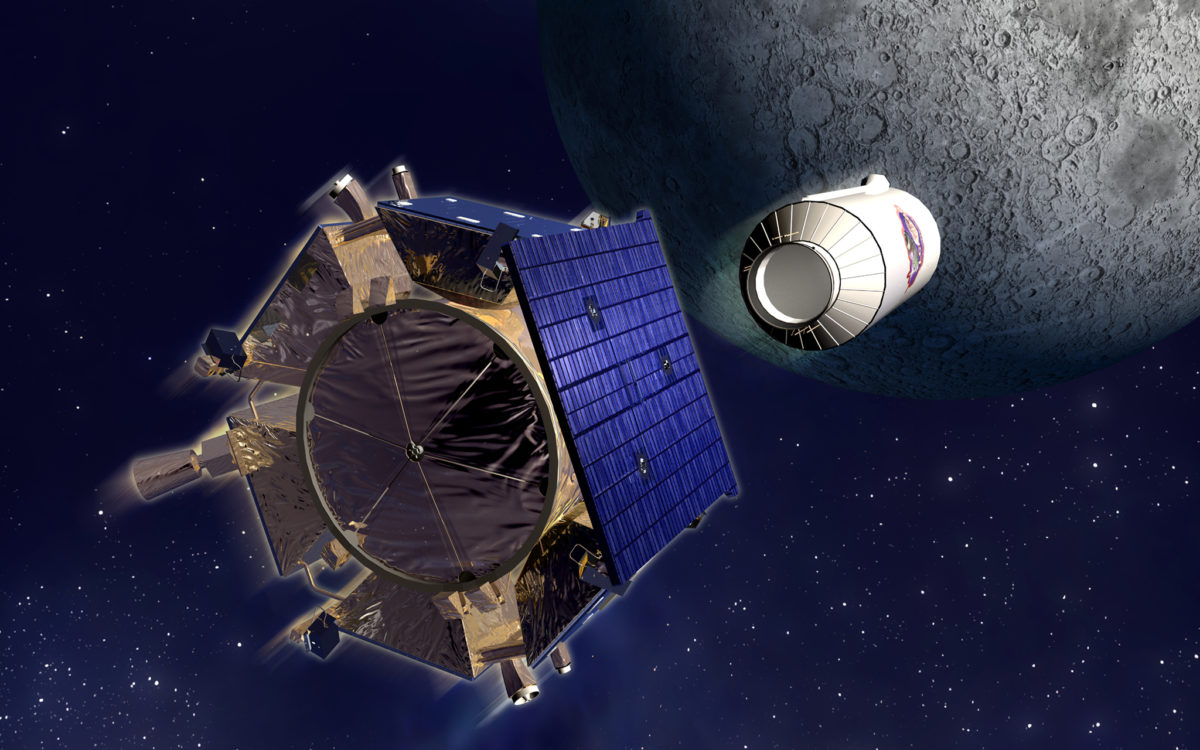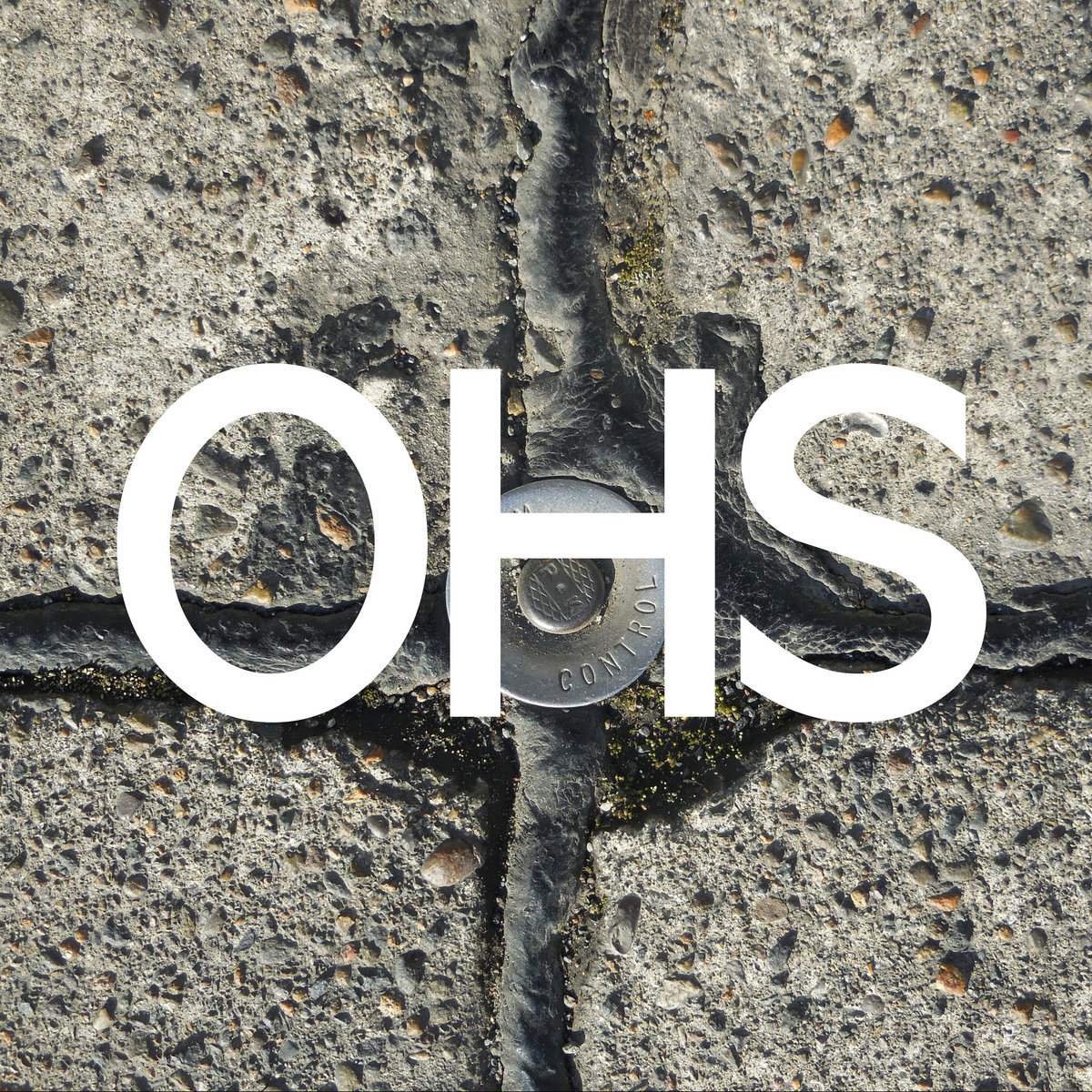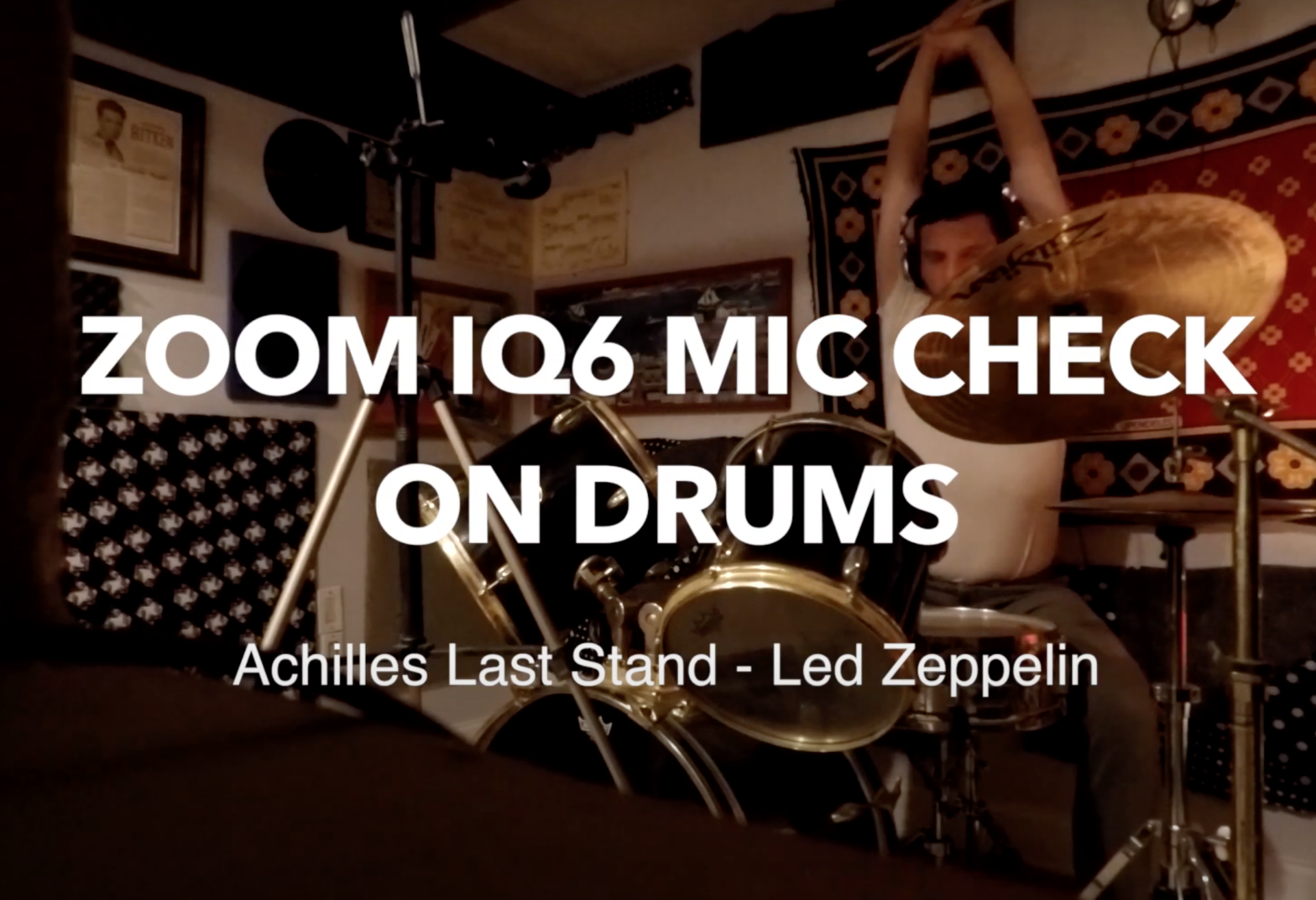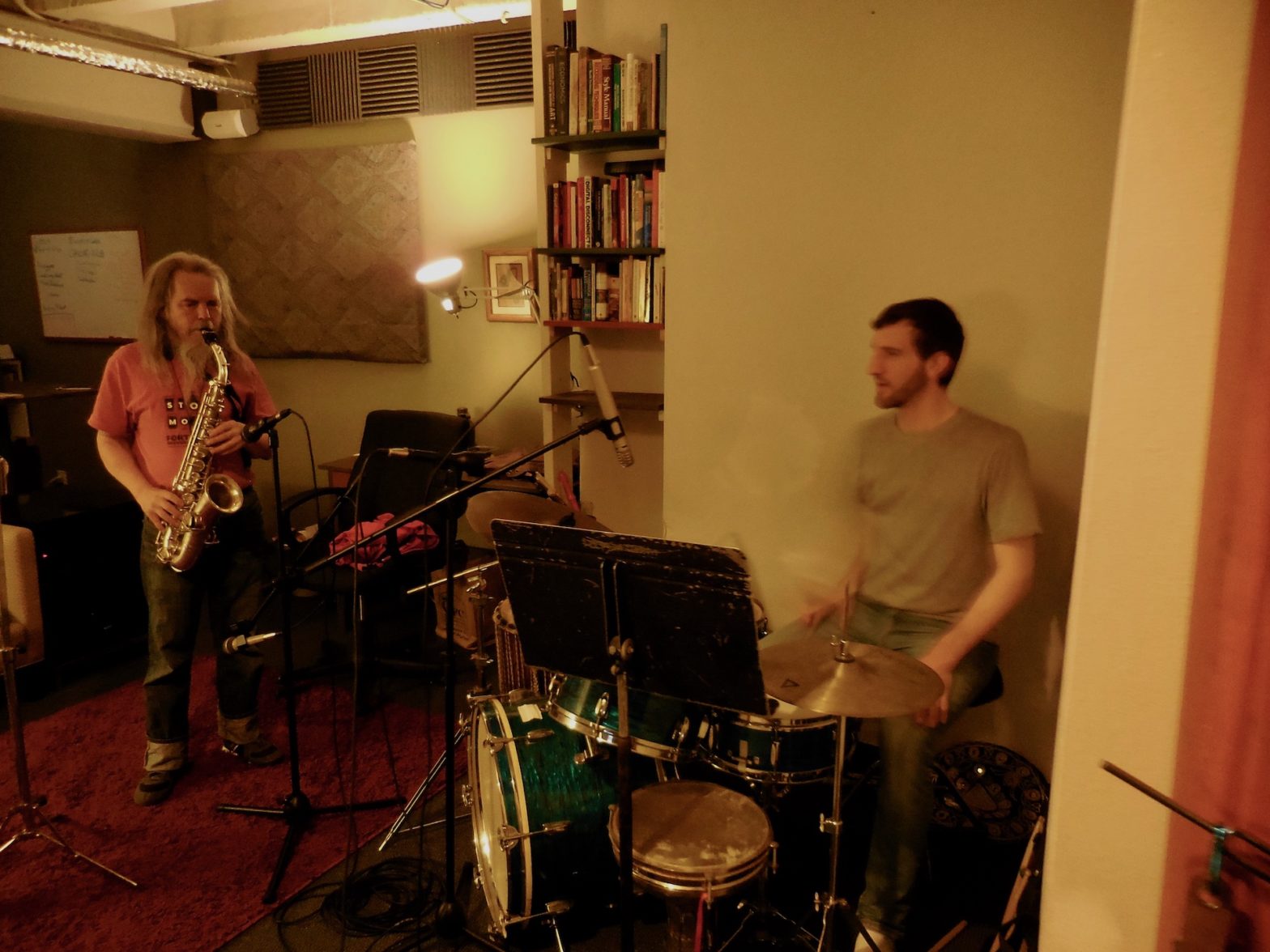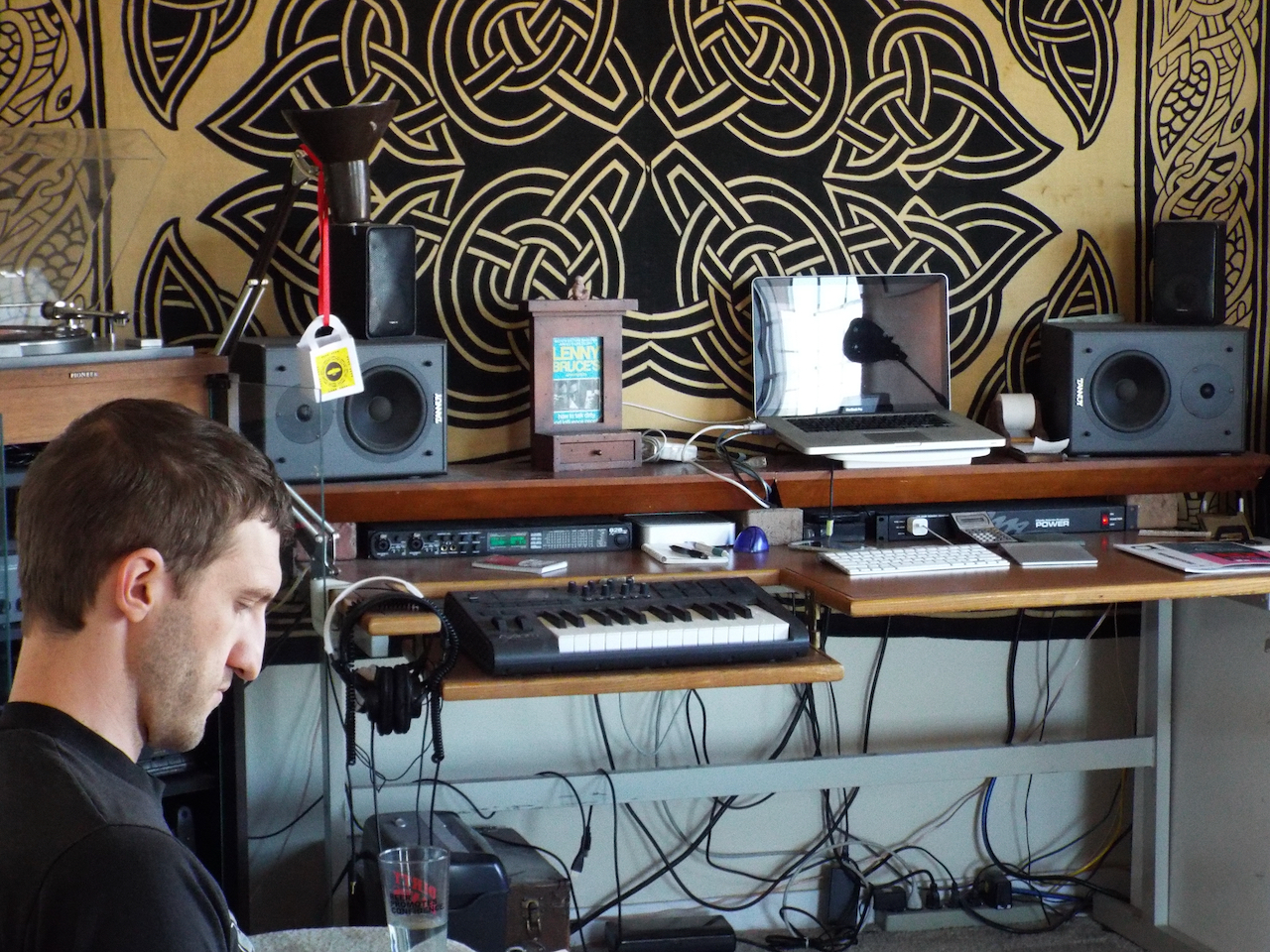On October 9, 2009, there was a propagandized NASA mission involving a “kinetic weapon” designed to eject enough plume from Earth’s Moon to be analyzed by a follower probe within minutes of impact. The hypothesis was that it could detect and measure water on the moon.
I learned about this mission through Jarrett Mitchell, who considered activism a kind of performance art. He chose this mission with that weird Portland ironic authenticity that was still charming back then. I met him during a tour of a T:BA Festival site in August for a different radio special. He passed out protest flyers headlined with, “DON’T BOMB THE MOON.” He used his talents for creative illustration as part of the art project.
Jarret brought songwriter Kaia Wilson. Kelly Slusher was my co-host and she brought on her friend and mentor at the time Alison Bradley. I also brought conspiracy theorist Alfred Webre by phone, just to throw everything off.
From the perspective of a producer, it was lightning in a bottle. From the standpoint of myself today, half of this show is ludicrous, and should be viewed as the reason that Portlandia was able to come into our city and trounce all over us.
There was an important question raised involving the status quo of peaceful use of outer space. There is a UN treaty and the idea is we don’t plan or execute any missions that could be used for violent purposes. I would say LCROSS legitimately could be viewed as a military exercise.
Beyond this genuine public interest question, we made little sense. Kelly says something about how this can effect the Earth’s tides. Then I said something about debris coming back to Earth. I legitimately wrote to NASA’s press department asking for comment about debris from the LCROSS mission. I cannot believe that I passed a full year of college astronomy with straight A’s. In fact, I consulted my instructor Bob Ewing about it and read his comments on the show.
Thankfully, I had the wherewithal to take a neutral position and have fun with it.
Kelly froze up at the beginning of the show and she couldn’t talk, even though she was co-host. I kind of forced her into that role because she inspired the show. When I showed her Jarret’s flyer and explained the mission, she cried, as if the moon was a delicate living being. As her Man, all I wanted to do was make her feel better, so I used my leverage at KBOO to squeeze a morning special in before the mission.
Morning drive listenership was estimated to be in the tens of thousands easily. I bet we had good ratings, but in broadcasting you never really know how many tuned in.
This program follows Democracy Now, and the audio file begins with Jeremy Scahill’s report. I leave in the whole context of the archival audio because it also includes a community calendar entry from Kelly, who joined me as a KBOO volunteer. We were a very close couple.
A few days later, she and I set our alarms to wake up around 4am to watch the mission. We envisioned a kind of moon landing experience, assuming live analog video of the moon would be visible. Not the case, as it would turn out, it was all sensors and computer generated images.
Despite this being one of the most highly propagandized videos of a lunar mission in decades, including a NASA commissioned rock song, a dedication to Walter Cronkite, and a publicized livestream of the mission, they did not have any video of the actual event.
We were able to broadcast men on the moon in 1969 but we can’t do it today.
I have a joke. If they had never faked the moon landing then nobody would have unrealistic expectations. Of course you can’t livestream from a flying rocket at the moon.
I have never been able to recover the original LCROSS mission livestream footage, but it was hilarious. Kelly and I were cracking up when we saw scientists playing for the cameras.
I’ll never forget what I saw though. Kelly saw it too.
One guy rose his hand for a high five, another guy let him hang. That guy, who let the dude hang, packed his briefcase in a hurry and stormed out of the room while everyone cheered on the success of the mission.
I hope a good citizen taped that livestream. If so, I hope they would email me with the video.
Finally, I will note that I was having my annual Portland cold, as the weather turns in late September, around when this show aired. You will hear my sinus but I push through it.
Although I am a little embarrassed of this program, it’s pretty entertaining, and as a host I do a fairly good job keeping the content moving.
It’s fun, enjoy it.
